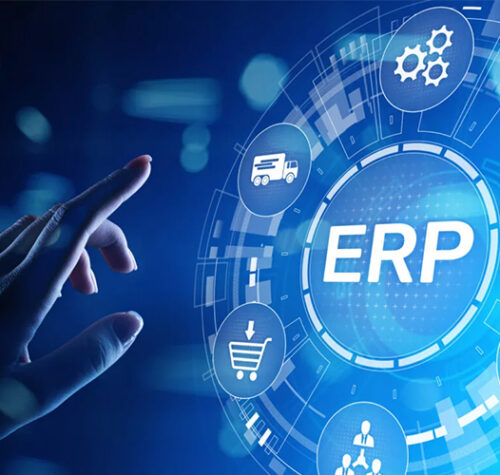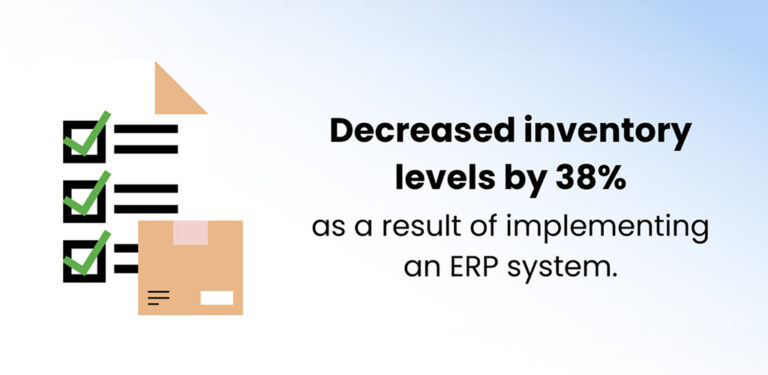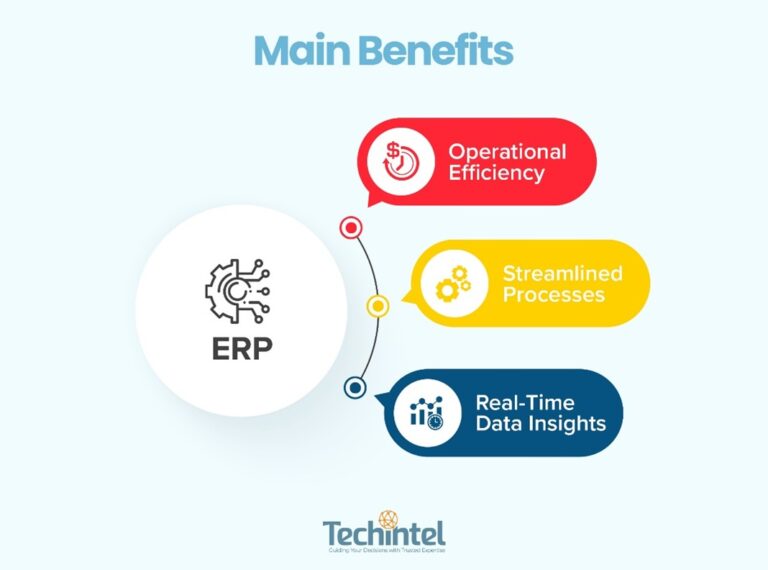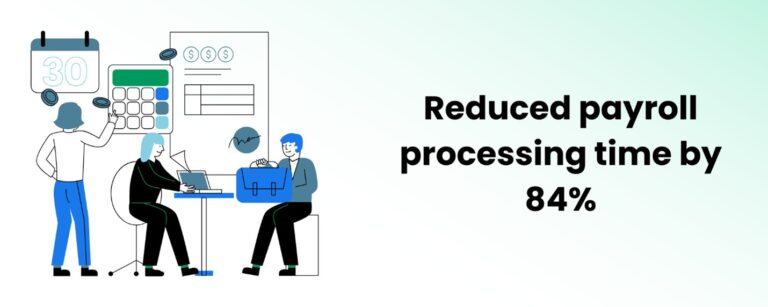
Boosting Retail Success: How ERP Transforms Operational Efficiency
In the competitive landscape of retail, operational efficiency is essential for success. Enterprise Resource Planning (ERP) systems are powerful tools that streamline processes, enhance inventory management, and improve customer relationships. This article explores how ERP systems contribute to operational efficiency in retail businesses, backed by real-life examples and statistics.
Enhanced Inventory Management
Effective inventory management is critical in retail, where stock levels can significantly impact profitability. ERP systems automate inventory tracking and provide real-time visibility into stock levels across multiple locations. For instance, retailers like Walmart utilize ERP solutions to manage their extensive supply chain efficiently. By centralizing inventory data, these systems help retailers maintain optimal stock levels, reducing the risk of overstocking or stockouts. According to research, 38% of businesses using ERP software report optimized inventory levels in their stores, which translates to better capital utilization and enhanced customer satisfaction.
Moreover, ERP systems facilitate advanced forecasting capabilities. By analyzing historical sales data and market trends, retailers can predict demand more accurately. This capability is especially beneficial for businesses dealing with perishable goods, as it helps minimize waste through effective stock rotation.
Integration Capabilities
In today’s omnichannel retail environment, seamless integration with external systems is crucial. ERP systems can connect with various platforms such as e-commerce sites, point-of-sale (POS) systems, and supply chain management tools. This integration ensures a unified view of operations and enables real-time data synchronization across all sales channels.
For example, integrating an ERP system with an e-commerce platform allows retailers to manage online and offline sales from a single interface. This capability not only streamlines operations but also enhances the customer experience by providing accurate product availability information across all channels. As customers increasingly expect a seamless shopping experience, having integrated systems becomes vital for maintaining competitiveness.

Customer Relationship Management
ERP systems play a significant role in enhancing customer relationship management (CRM). By analyzing customer purchase histories and preferences, retailers can tailor their marketing strategies and improve service delivery. For instance, Starbucks uses an ERP system to automate various business processes, including CRM functions. This automation allows Starbucks to gather insights into customer preferences and behaviors, enabling them to deliver personalized marketing campaigns that resonate with their audience.
One other key point in CRM is continuous customer feedback. Customer feedback analysis through ERP systems plays a pivotal role in enhancing product and service offerings within the framework of CRM. For instance, a retail company can analyze feedback collected through its ERP system to pinpoint common complaints about a specific product line. By addressing these issues, the company can enhance product quality and customer satisfaction. Additionally, integrating ERP with CRM tools allows for real-time insights into customer sentiments, which can inform marketing strategies and service enhancements.
Furthermore, ERP systems can improve customer service by providing staff with instant access to customer information during interactions. This access enables employees to address inquiries more effectively and foster stronger customer relationships.
Financial Management and Reporting
Advanced reporting and analytics capabilities are another hallmark of ERP systems. Retailers benefit from real-time insights into their financial performance, enabling them to identify areas for improvement quickly. For instance, McKinsey reports that retailers leveraging ERP-based pricing management tools see improvements in gross margins of 2-4%. This enhancement is achieved through automated pricing adjustments based on real-time data analysis.
Additionally, ERP systems streamline financial processes by automating tasks such as invoicing and expense tracking. This automation reduces manual errors and frees up valuable time for employees to focus on strategic initiatives rather than administrative tasks.
Summary
In conclusion, implementing an ERP system can significantly improve operational efficiency in retail businesses by enhancing inventory management, facilitating seamless integration across platforms, strengthening customer relationships through effective CRM strategies, and providing advanced financial reporting capabilities. As the retail landscape continues to evolve, investing in an ERP solution becomes increasingly essential for businesses aiming to stay competitive and meet the demands of modern consumers.







